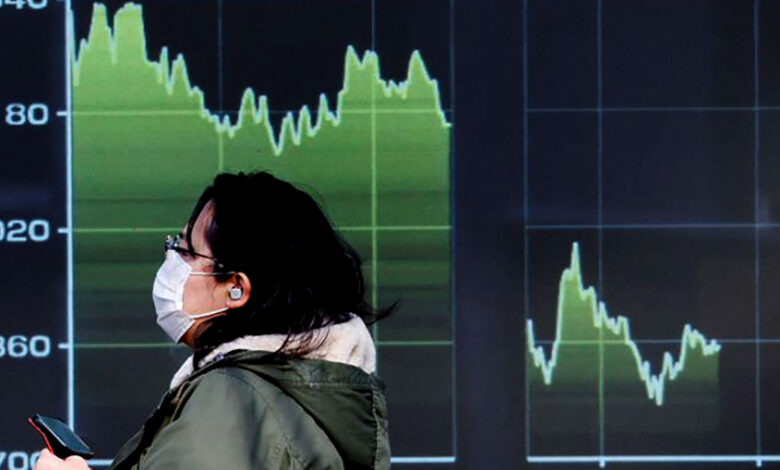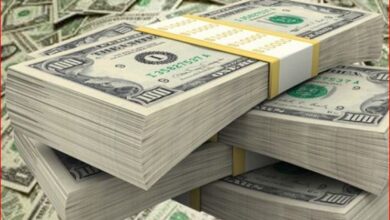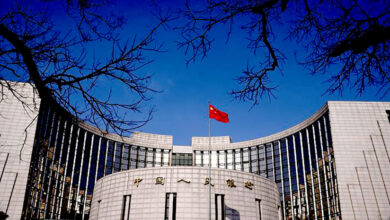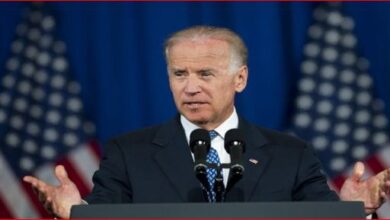The stock market’s surge is losing steam as economic growth concerns intensify.

SingaporeAsia’s stock markets went up for the fourth day in a row on Wednesday, but the recent rise slowed down as worries about inflation and the effect of rate hikes overshadowed a few pieces of good news about the global economy.
MSCI’s broadest index of Asia-Pacific equities excluding Japan increased by 0.5% and is now on its longest winning run since February. The Nikkei 225 index in Japan rose 0.6%, while Australian mining stocks led the market up 0.9%.
Following a rise on Wall Street and a decline in the dollar, investors put inflation and recession concerns to the back of their minds, resulting in gains.
However, many questioned its durability, and the dollar and futures in Asia were stabilizing. The FTSE futures remained unchanged, while European futures rose 0.2%.
Shane Oliver, chief economist and head of investment strategy at Australia’s AMP (OTC: AMLTF) Capital, stated, “After falling last week, equities might see a near-term rebound.”
“However, worries about inflation, tightening monetary policy, the crisis in Ukraine, and Chinese growth remain high and continue to point to more stock market drops,” he said.
Australia’s wage growth was lower than expected, which pushed the Australian dollar briefly below $0.70. However, the currency was able to recover from a drop overnight.
After Tuesday’s good employment numbers, the dollar stayed the same against the euro at $1.0534 and stopped sterling’s strong rise at $1.2480.
Inflation data from the United Kingdom and Canada, coming later on Wednesday, might potentially alter rate forecasts and currency values. The dollar index fluctuated about 103.370.
Westpac analysts said, “It is still much too early to proclaim a long-term top in the dollar, and retracements should be shallow.” “However, near-term stabilization between 102 and 104 is probable,” they said, referring to the dollar index.
NEGATIVE SHOCKS
In April, U.S. retail sales met projections for a strong gain, while industrial output exceeded expectations, which boosted the short-term mood.
Wednesday’s data revealed Japan’s GDP contracted less than anticipated in the first quarter.
Shanghai is also getting close to the end of its long lockdown, and China’s vice-premier’s comments to IT CEOs are the latest sign that tensions are going down.
However, any positive news was tempered by Federal Reserve Chair Jerome Powell’s admonition that managing inflation would need rate hikes and potentially suffering.
Investors have priced in 50 basis point rate increases in June and July, and the benchmark Fed funds rate is expected to approach 3% by the beginning of next year.
On Tuesday, Treasuries of all maturities were sold in expectation of higher interest rates, but the yield spread between short- and long-term bonds is shrinking as markets price in the possibility that this year’s rate rises could impede long-term growth.
In Asia, 10-year Treasury yields remained stable at 2.9805 percent, just below 3 percent.
As a result of the European Central Bank’s statement that a 50 basis point rate rise cannot be ruled out, European rates are also climbing.
Commodities have risen with equities this week as markets have found reasons to maintain economic optimism; however, oil fell on Tuesday and there were indications of diminishing enthusiasm on Wednesday.
Crude futures in the United States rose 1.2 percent to $113.83 per barrel.
S&P Global (NYSE:SPGI) Ratings lowered growth projections for China, the U.S., and the eurozone.
According to chief economist Paul F. Gruenwald, the global economy continues to endure a disproportionate amount of negative shocks.
“Two events have transformed the macroeconomic outlook,” he added, citing Russia’s invasion of Ukraine, which sent commodity prices soaring, and inflation, which has proven to be greater, wider, and more enduring than anticipated.





